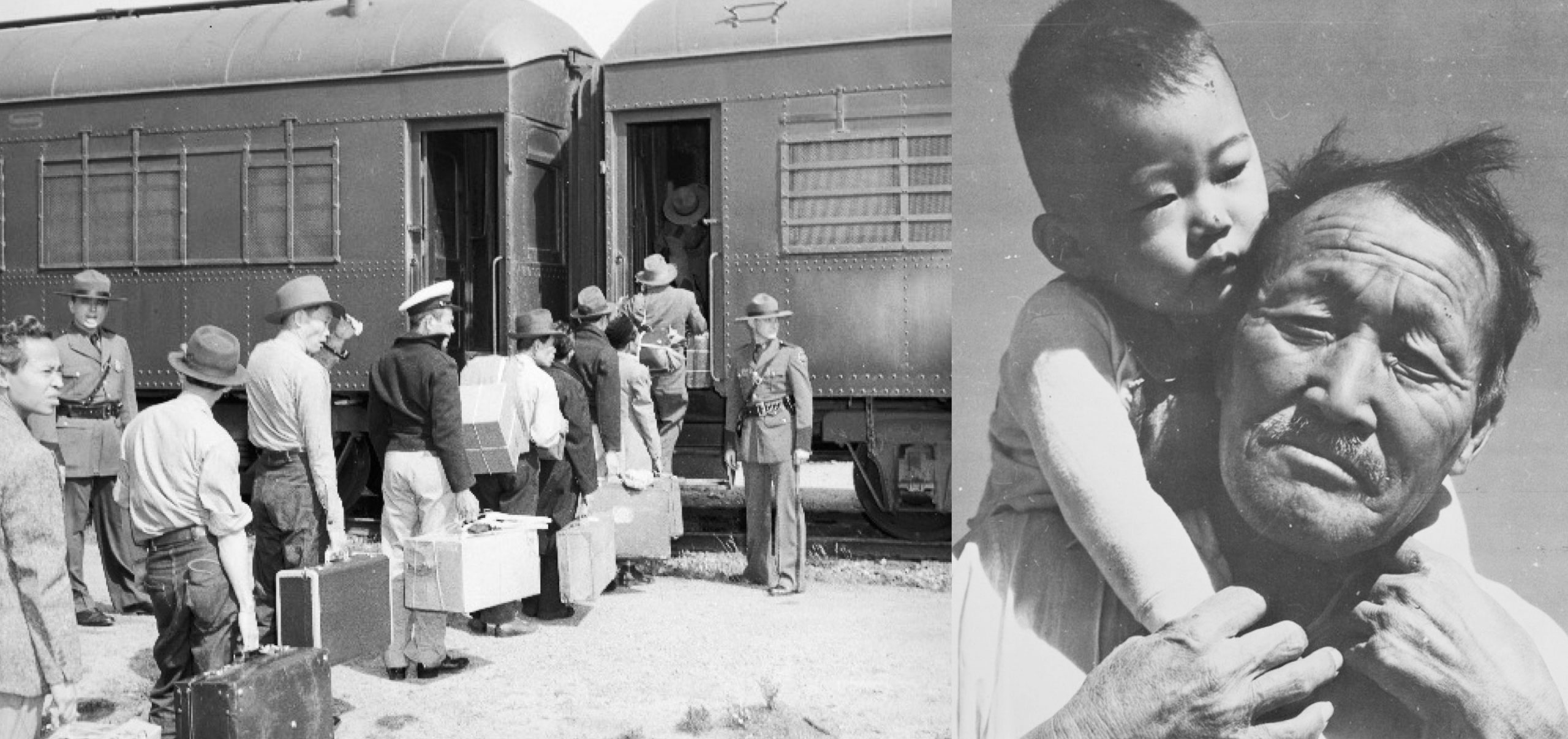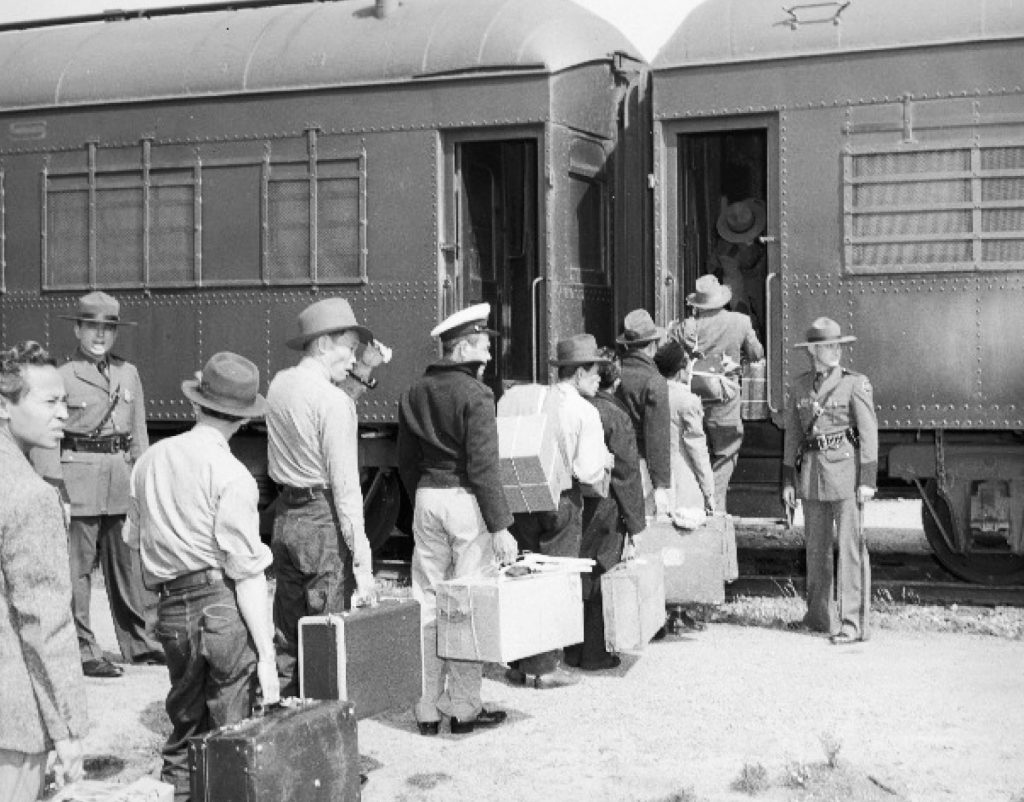Discover the History ofWWII Incarceration
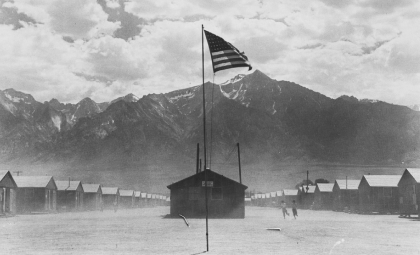
120,000 Japanese Americans were unjustly incarcerated during World War II. Learn about this unprecedented denial of civil liberties and why it still matters today.
Explore Personal Stories

Learn about Japanese American history and the legacy of WWII incarceration by exploring personal stories from those who lived through it.
Promote Equity Today
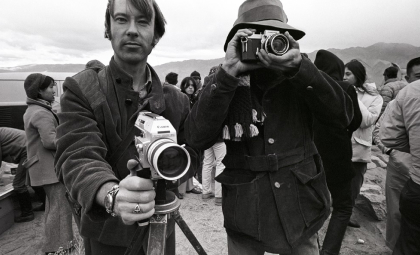
History doesn’t repeat itself, but it often rhymes. Join us in putting the lessons of Japanese American WWII incarceration into action today.
Densho Catalyst: History, Essays, & Opinion
Dive into hidden histories and learn why these stories matter today with the latest essays and opinions from Densho and other community voices.

The Literature of Japanese American Incarceration: Unlocking the Voices of Issei and Kibei Nisei Writers
In this guest post, Frank Abe introduces a selection from the new anthology, The Literature of Japanese American Incarceration, which he co-edited with Floyd Cheung. The book was published this...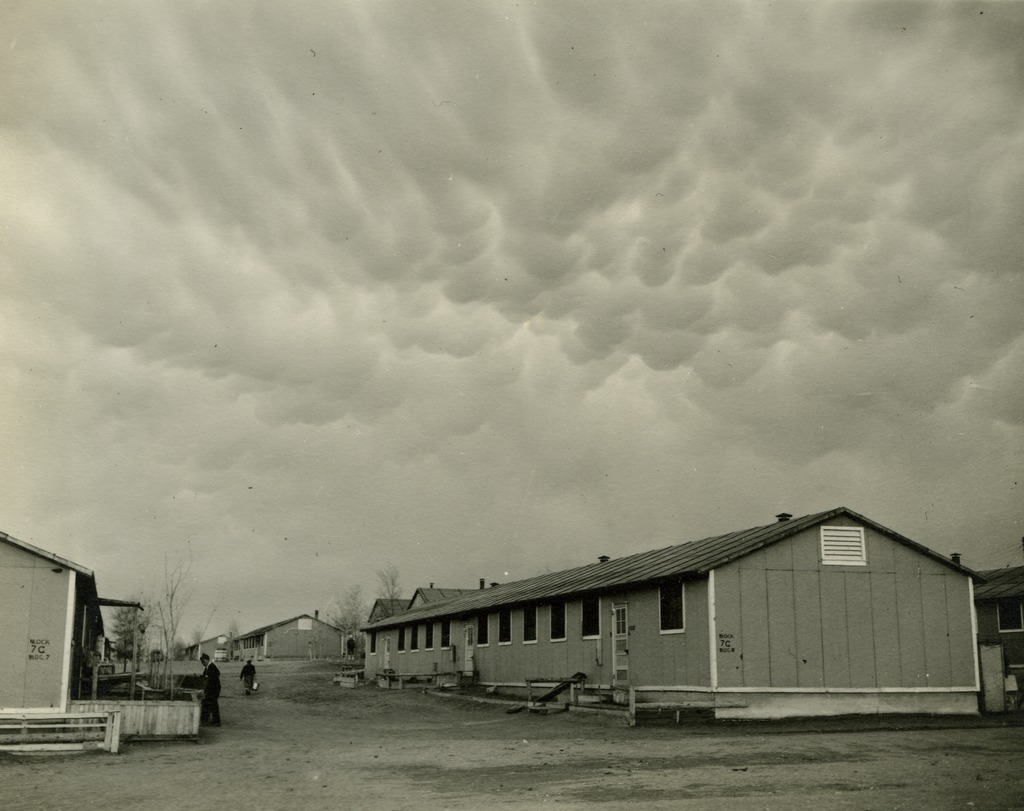
Photo Essay: Amache Through the Lens of George Ochikubo
Amache was the smallest of the ten concentration camps the US Government constructed to detain Japanese Americans during WWII. Yet with a peak population of more than 7,000, the prison...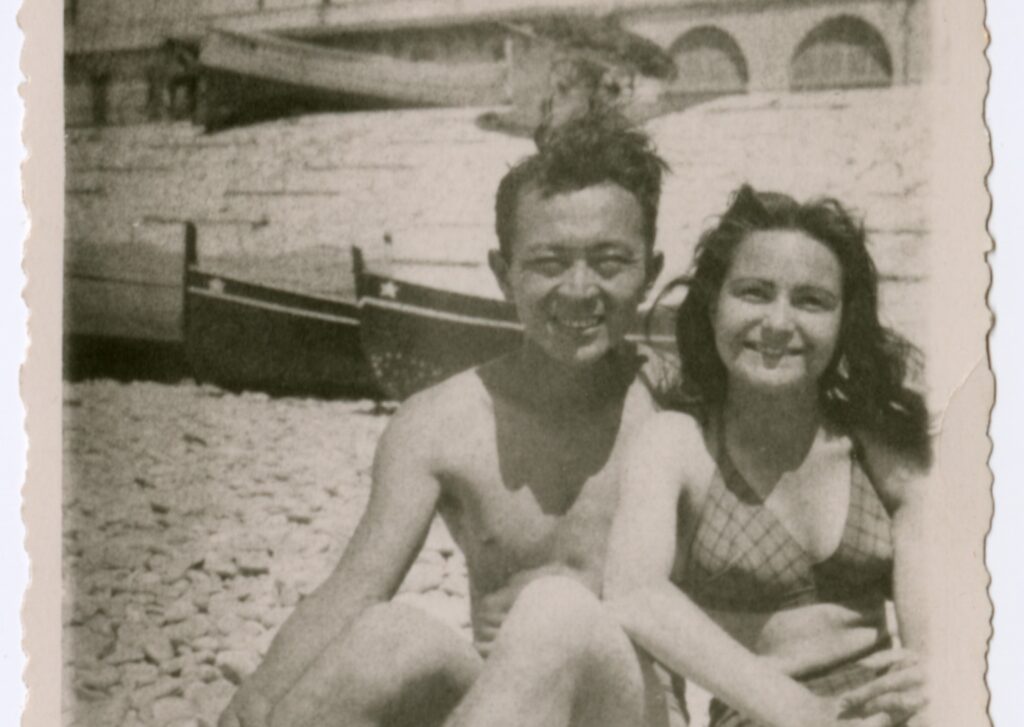
Intern Spotlight: Kathryn Perry Walters on How Archives Can Be a Platform for Social Justice Work
Kathryn Perry Walters is a graduate student at the University of Washington pursuing a Master’s in Information and Library Science (MLIS), and recently completed an internship with Densho’s archives team....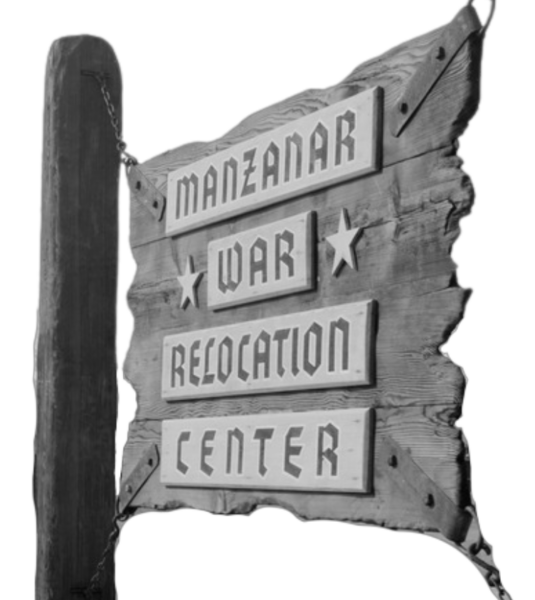
Manzanar CloseUp
Welcome to Densho’s newest digital platform, Manzanar CloseUp! An evolution of Densho’s popular Sites of Shame project, Manzanar CloseUp applies similar data extraction and visualization tools to offer a close-up view of Manzanar concentration camp. Users are able to see geographical and population features of the camp with an unprecedented level of detail, including information about camp population down to the individual family and barrack level.

Stay Informed: Join The Mailing List
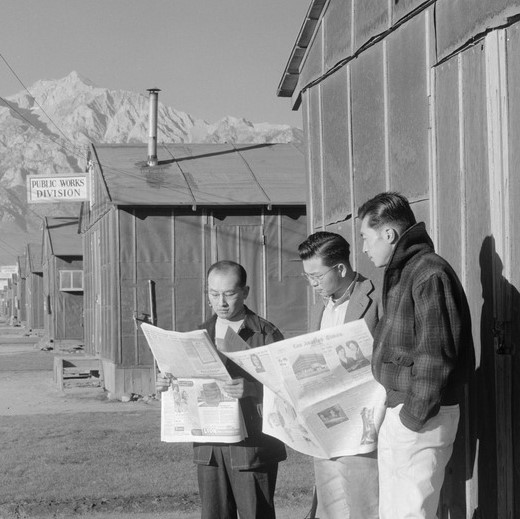

Campu: A Podcast
Campu weaves together the voices of survivors to spin narratives out of the seemingly mundane things that gave shape to the incarceration experience: rocks, fences, food, paper. Follow along as hosts Hana and Noah Maruyama move far beyond the standard Japanese American incarceration 101 and into more intimate and lesser-known corners of this history.
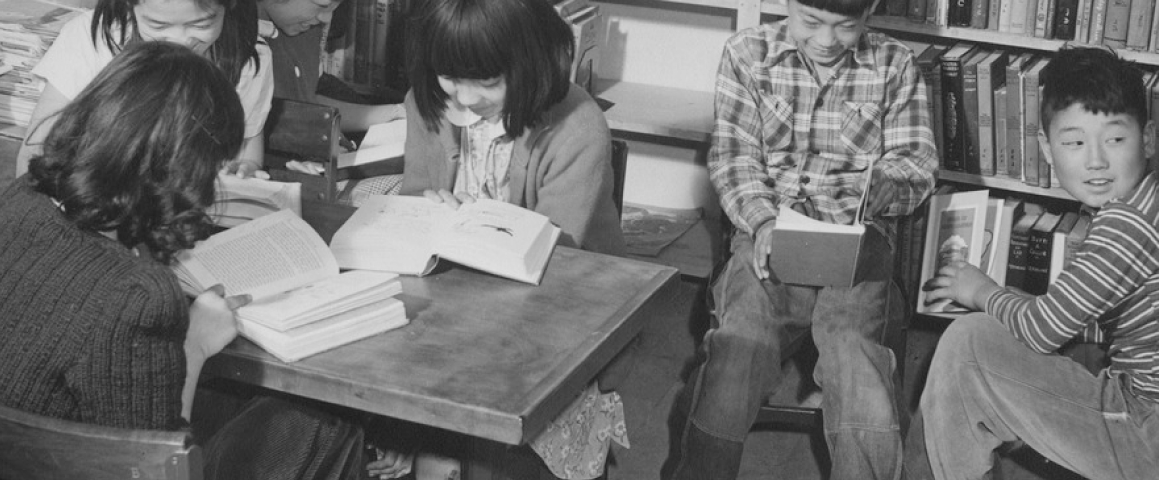
Encyclopedia
Thousands of articles about the history of the Japanese American WWII exclusion and incarceration experience. Here are a few to get you started:
Documentary films/videos on incarceration
The following is an attempt at a comprehensive listing of documentary films/videos that include a significant treatment of Japanese Americans during World War II, broken up into several broad categories.
Scene (magazine)
Japanese American pictorial monthly magazine that ran from 1949 to 1955. Largely produced by and for Nisei, Scene magazine highlighted "successful" Japanese Americans as well as Japanese culture.
Owens Valley (detention facility)
The Owens Valley Reception Center—later the Manzanar Reception Center—was the first of the WCCA -administered short-term detention camps to open when the first "volunteers" from the Los Angeles area arrived on March 21, 1942.
